My report scheduled to run today (Monday) on NPR’s Fresh Air with Terry Gross is an unusual one, covering eight decades of broadcast history. And by looking at the pictures here, you can listen along and enjoy an illustrated history…
The segment is tied to this summer’s competition reality shows, one of the newest examples of which is ABC’s Rising Star, which uses smartphone technology to have viewers weigh in on whether a singing contestant deserves to move on to the next round. I don’t want to issue Spoiler Alerts on my own segment, but suffice it to say it’s about how new and modern this idea of interactive TV viewing isn’t.
You can hear and/or read my report this afternoon on Fresh Air and the Fresh Air website – and here’s an accompanying set of visual aids, should you care to “read along.”
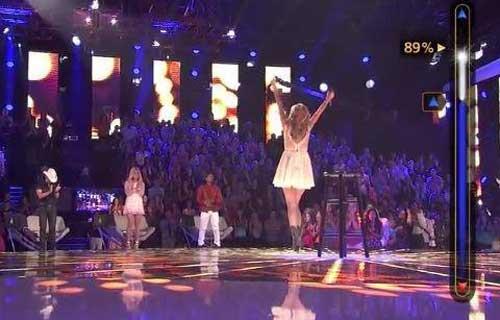
FIG. 1 – Let’s start with an image from ABC’s Rising Star, 2014. It’s better, and a lot faster, than watching the show itself.
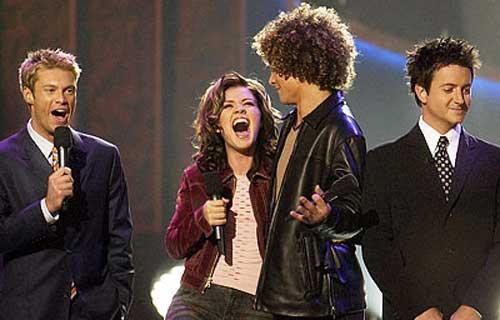
FIG. 2 – American Idol, 2002. Kelly Clarkson wins. Justin Guarini loses. And as co-hosts, Ryan Seacrest wins, while first-year co-host Brian Dunkleman, the Idol equivalent of Pete Best, really, really loses.
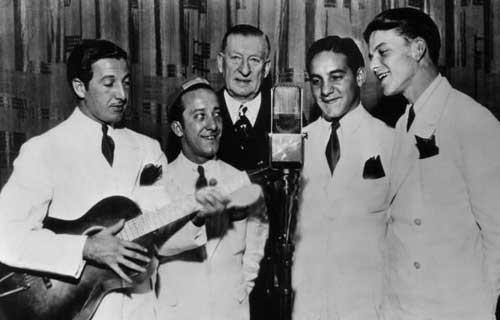
FIG. 3 – The Major Bowes Amateur Hour, 1935. This is an NBC Radio show, before television – but one that offers listeners a chance to both applaud in the studio, and write in from home, to declare winners. One hopeful act performing for Major Bowes is the Hoboken Four – one member of which, at far right, is 19-year-old Frank Sinatra.
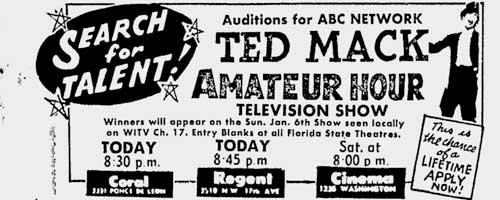
FIG. 4 – Ted Mack’s Original Amateur Hour, 1947. The radio show gets a new host, and a new medium, and becomes a very hot ticket. Here’s a ticket.
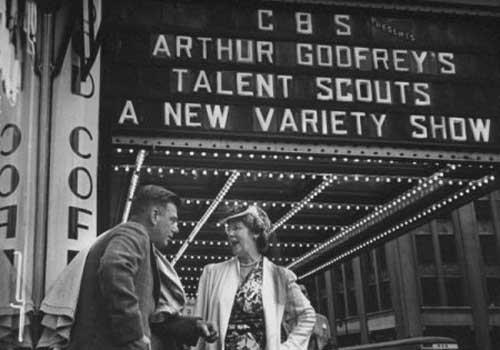
FIG. 5 – Arthur Godfrey’s Talent Scouts. On radio in 1946, and TV beginning in 1948, Godfrey crowns winners on his shows by listening to the studio audience response – thanks to a “measuring device” called the Clap-O-Meter.
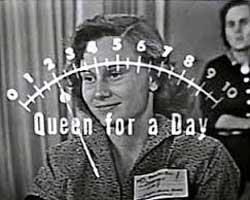 FIG. 6 – Another successful TV show, Queen for a Day, uses the same Clap-O-Meter gimmick – but what it’s measuring is the level of pathetic-ness of its various contestants. The woman who tells the saddest story about her own life… wins.
FIG. 6 – Another successful TV show, Queen for a Day, uses the same Clap-O-Meter gimmick – but what it’s measuring is the level of pathetic-ness of its various contestants. The woman who tells the saddest story about her own life… wins.
It's a particularly horrifying example of TV at its worst in the Fifties. And if you think reality TV, in this modern era, is as tasteless and exploitive as it gets, wait until you hear a clip from Queen for a Day, in which the host, Jack Bailey, interviews one particularly unfortunate woman, and does so with a stunning lack of sensitivity.
You have to hear it to believe it...
FIG. 7 – Finally, there’s an example of an interactive children’s TV show from 1953: Winky Dink and You, in which young viewers were encouraged to draw on their TV screens – after covering them with a sheet of plastic, provided by the show itself – to help its cartoon hero accomplish various tasks. Don’t try this at home, kids… except millions of kids did.
And if you liked this “illustrated” radio program, let me know. That’ll make this blog interactive as well – which seems only fair…